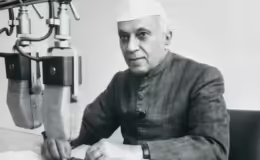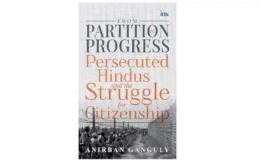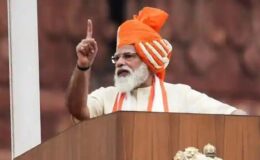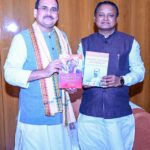How has Amit Shah organised the BJP to maximise its reach? This book delves into his methods
- By : Anirban Ganguly
- Category : Book Review
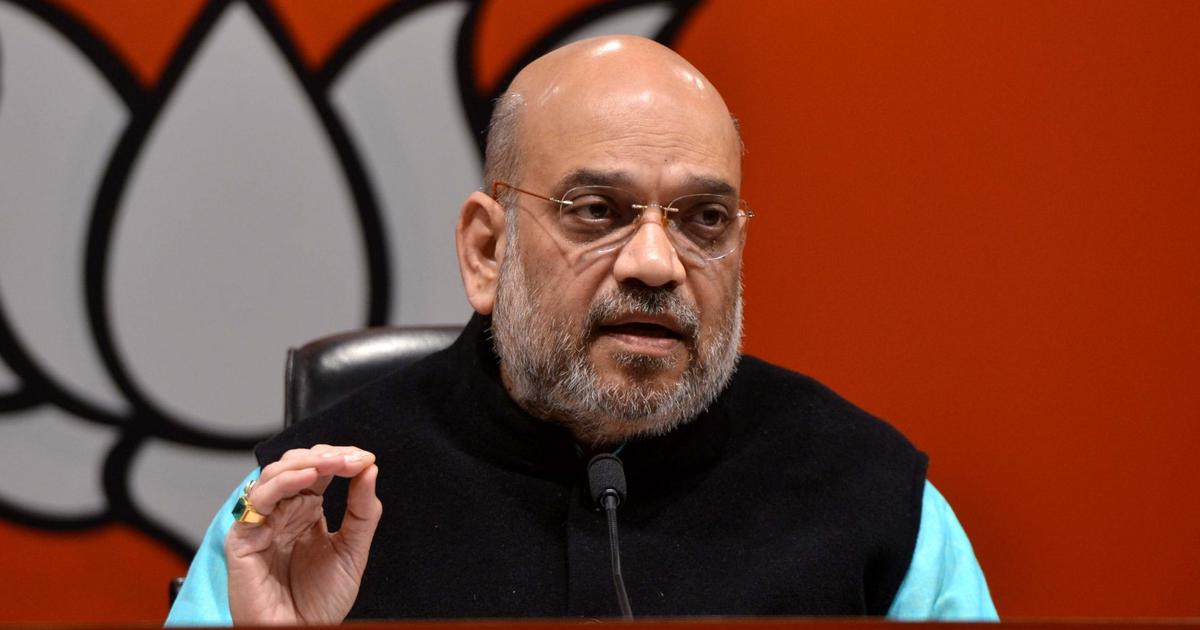
Although unabashedly admiring, this insider account offers rich details on Shah’s modus operandi for expanding the electoral footprint of the BJP.
The Indian media’s interest in trying to understand the internal structure of any political party is comparatively low and that is why along with the media, political analysts of all shades and hue did not try to seriously follow or analyse such a major political initiative that [Amit] Shah had undertaken in terms of laying a stronger organisational foundation for the BJP. We say that it was lower because having analysed the trend of reporting such an extensive campaign we found that it was less.
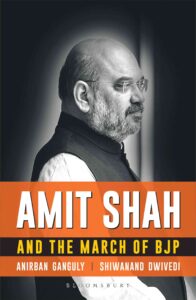
The usual trend is to analyse any major programme undertaken by a leading political figure through the mathematical lens of electoral loss or profit; the other perception is that a political party is essentially an election machine and can have no other focus. However, Shah’s emphasis through his tours was on rejuvenating the organisation and imparting it direction. Thirty points that needed to be focused upon emerged during these tours, and Shah spoke of how there was an urgent need to break out of the routine and the conditioning, and look upon this phase as a golden period for expanding the party. Shah’s thirty-point focus was meant for the party organisation and its functioning.
In a sense this was not a new beginning. Shah was trying to give a contemporary dimension to the traditional political approaches and activities of the party, make them more systematic, time bound and accountable. Among the thirty dimensions that Shah had drawn up on which he wanted the party to focus in terms of revamping its organisation were the system of core group meetings, reporting on meetings of the executives, continuous cycle of tours of national general secretaries of the party across regions and states, details of the party’s cells in the state and their functioning, six programmes for the booth units, structured meetings and activities of the departments and projects, meetings to regularly monitor the progress of the district office construction project, meetings of the Aajeevan Sahyog Nidhi for transparent funding, research and policy research, library construction department, the NaMo app, office construction and modernisation, Pandit Deendayal Upadhyaya Vistarak Yojana meetings, expansion of the Prashikshan (training) programme and outreach to intellectuals.
The objective behind pursuing action in multiple areas was not only winning elections but more importantly to create a multifaceted organisational base for the BJP. This was also the broader objective of Shah’s countrywide pravaas.
It was a happy coincidence and profoundly symbolic that Pandit Deendayal Upadhyaya’s centenary too fell during this period – 25 September 2016 – 25 September 2017 – in which the party had decided to undertake these special organisational programmes. Referring to this special occasion which coincided with the party’s resolve to expand and strengthen itself, Shah observed, while releasing the complete works of Pandit Deendayal Upadhyaya in January 2017 in Patna, “The birth centenary of Pandit Deendayal Upadhyaya is a year of resolutions for the Bharatiya Janata Party. As a BJP worker, it is a matter of great pride for me to be leading the party as its president in the centenary year of Pandit Deendayal Upadhyaya’s birth.”
The BJP resolved to observe Upadhyaya’s centenary year as the Garib Kalyan Varsh and decided to carry out mass contact and outreach programmes to spread Upadhyaya’s thoughts as well as focus on the transformative governance initiatives that its government had undertaken since 2014, especially for those who were standing on the last societal rung. Shah termed the Pandit Deendayal Upadhyaya Vistarak Yojana, also initiated in Upadhyaya’s centenary year, as the “soul” of his entire pravaas programme.
Under this Yojana, the workers – vistaraks – who were to devote fifteen days, six months and one year to the party were imparted training for reaching out to the booth levels. During his nationwide tours, Shah himself took on the role of a vistarak and visited five states (West Bengal, Telangana, Odisha, Lakshadweep and Gujarat) for fifteen days. He undertook the responsibility of training other vistaraks, of speaking to them about organisational work and the ways of reaching out to the booth and the method of taking the message of good governance to the grassroots.
In May 2017, as part of the vistarak initiative, the BJP trained thirty young vistaraks from the Muslim community in the Kashmir Valley.
These vistaraks enthusiastically took up the mission of expanding the party’s work in the region. This achievement, in itself, was a shock to many, especially those who have always propounded a false of narrative of the BJP being unacceptable to the Kashmiris.
In a move steeped in symbolism, Amit Shah as national president of the BJP, launched the Vistarak Yojana from Booth Number 93 in the Naxalbari region of West Bengal, a region known in history as the epicentre of Naxalism. While launching the Yojana from Naxalbari on 25 April 2017, Shah observed that he had come there as a worker of the BJP besides being its president and that more than 3,50,000 workers like him would be visiting the homes of the poor, trudging from village to village for the expansion of the BJP, and for establishing contact with people in more than 7 lakh booths.
Shah chose West Bengal for the launch of the Vistarak Yojana. But why did this idea of launching it from a place like Naxalbari in West Bengal, come to his mind?
When asked by a journalist, Kailash Vijayvargiya, general secretary of the BJP and the party’s National in-charge of the state, replied that Shah had asked him, ‘Which region is the hardest? Let’s begin from there.’
When Shah launched the Vistarak Yojana from Naxalbari, there was no election scheduled in the state, nor was the launch an election-centred event; it was, rather, an occasion for Shah to link his past to the present. Shah who had begun his own political career as the in-charge of Booth Number 263 situated in a ward of Ahmedabad in the early 1980s had journeyed up to become the national president of his party.
In a sense, 25 April 2017 was an interesting day for Shah – he had completed one long cycle of his political journey, a journey which he had taken him from “booth to booth”. He did not fail to tell the workers who had gathered around him that he had come here as a worker of the BJP and not only as its national president.
Shah had boarded a commercial flight from Delhi to Bagdogra on 25 April at 8.15 am and reached Booth Number 93 by 1.00 pm. On day one, he visited and interacted with each of the six households that came under Booth Number 93 by going from house-to-house as a vistarak who was expected to undertake a “door to door” campaign.
Shah left for Kolkata by train the same night, having attended meetings and other programmes till midnight. His having lunch at Raju Mahali’s home sitting on the floor and partaking of Bengali fare on a plantain leaf was also symbolic, it indicated that he wished to start working in Bengal from the grassroots.14
Shah’s three-day West Bengal visit (25-26-27 April 2017) was packed with programmes and outreach activities. During these three days, he participated in nearly twenty-two programmes that involved moving from house-to-house contacting families of Booth Number 93 of Naxalbari, Booth Number 231 and Booth Number 269 from the Rajarhat assembly, meeting state office- bearers, addressing intellectuals, interacting with journalists and paying a visit to the historic house of Dr Syama Prasad Mookerjee. The countrywide tour that began from West Bengal moved forward with Shah visiting one state after another, with each visit meticulously planned for furthering the expansion of the organisation.

